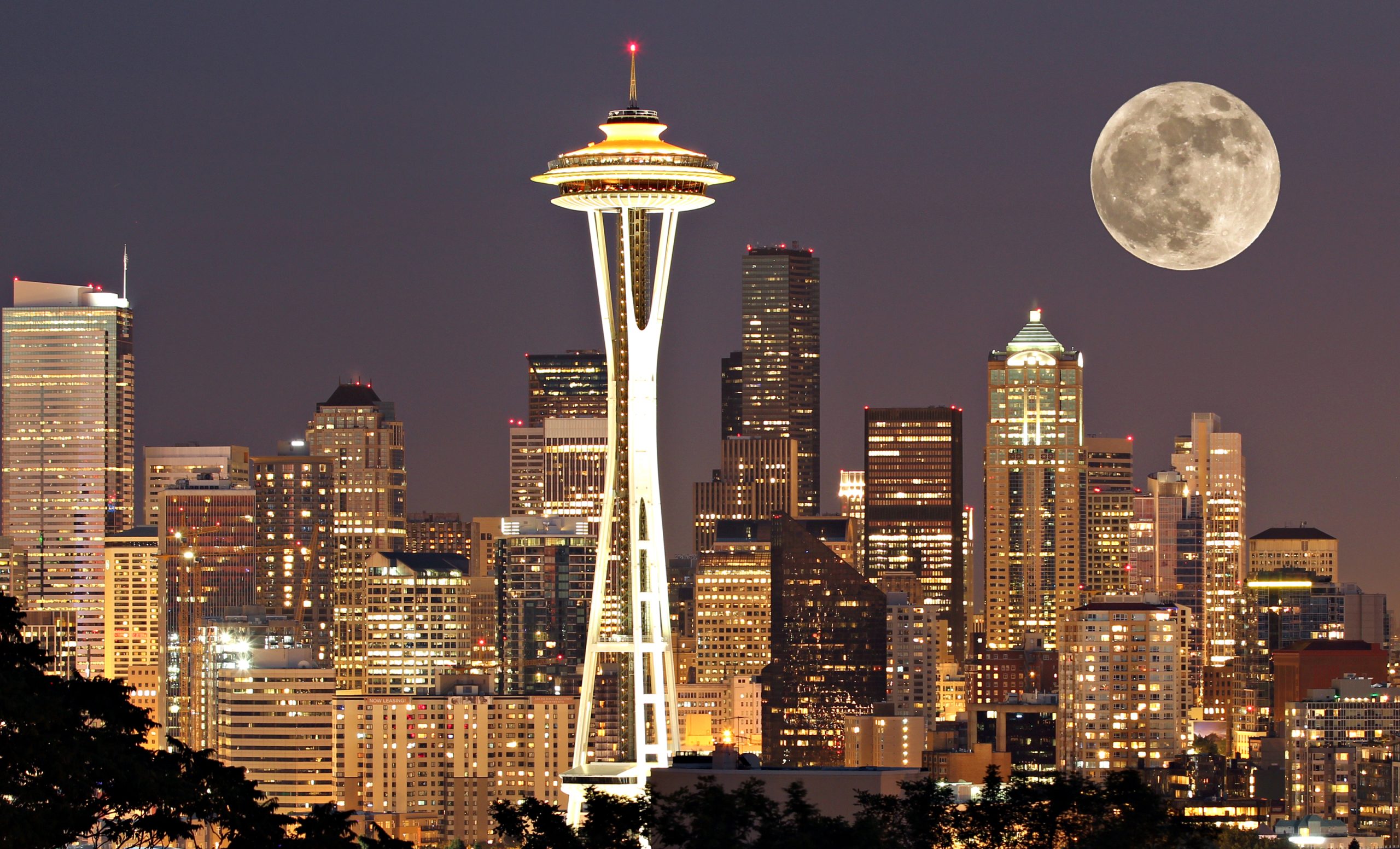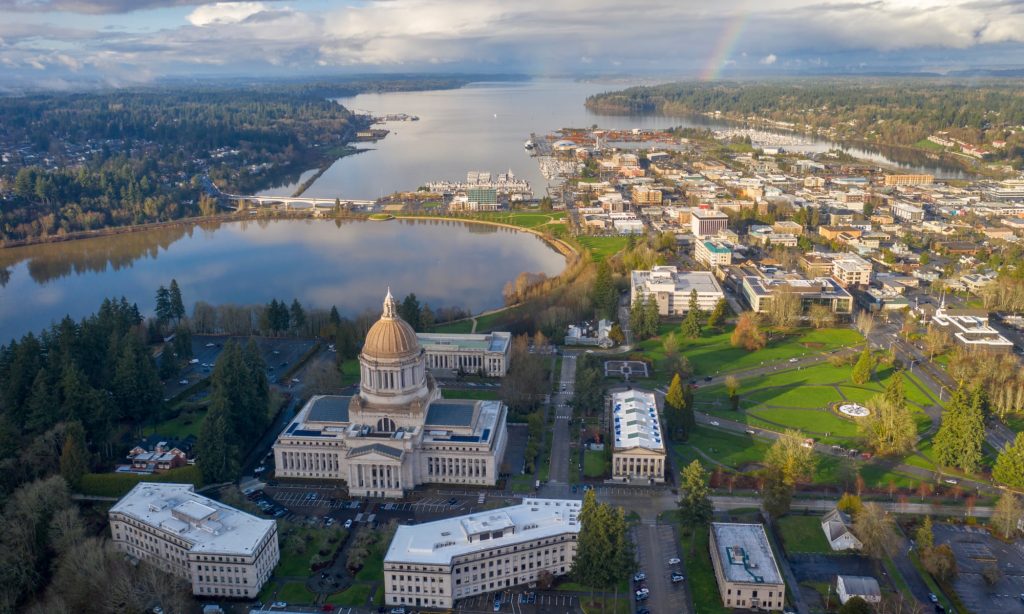Seattle is far and away Washington State’s largest and most well-known city. In addition, it sits on the water and isn’t located in some far-away corner of the state. All this begs the question: just why isn’t Seattle Washington State’s capital? And just how did Olympia become the state’s capital?
Why Isn’t Seattle the Capital of Washington?

The reason Olympia is the capital of Washington is that it was the port of entry for Puget Sound at the time Washington Territory first declared its capital in 1853.
Let’s take just a moment to look back at the history of Washington state. Incredibly, Europeans didn’t set foot in Washington State until 1775, the same year that featured the Battle of Bunker Hill. That was the Revolutionary War’s first battle!
In subsequent decades Lewis and Clark’s Expedition reached Washington State in October 1805 while Britain made its first territorial claim to Washington state in 1811. In 1818, Great Britain and the United States agreed to “joint occupancy” of the area with the United States calling it “Oregon Country.”
As you might expect, this “joint occupation” wasn’t built to last and tensions rose as members of Congress pushed for war to secure the entire Pacific Coast up to modern Alaska. A compromise was reached that gave the United States control of territory up to the 49th parallel, which is the northern border of Washington State today.
The Creation of Washington Territory

In 1850, the population of the United States was 23,191,876. In contrast, the population of what’s now Washington State stood at just 1,201. Put another way, Washington was so sparsely populated it had just .005% the population of the country!
Yet, even at the time, it was clear the extensive size of the Oregon Territory required splitting it up. In 1853, the House of Representatives approved a split of Oregon Territory, with territory north of the Columbia River into the new “Washington Territory.”
With Washington declared a territory, a capital was needed. While today we know Seattle as the largest city in Washington, in 1853 it was just a small village that had been settled two years prior. That is to say, when the time came to find the first capital for Washington, Seattle wasn’t an important city!
Why Olympia Was Named the Capital of Washington

So, if Seattle was just a tiny settlement when Washington first declared a capital, why was Olympia chosen?
For starters, at the time, cities at the center of states were more desirable locations for capitals. As you can imagine, without railways (let alone cars), it could take a long time to travel to capitals, so states wanted to keep them in places that were widely accessible. From a latitude perspective, Olympia was located roughly in the center of the state.
Olympia also had 100 residents, 3 stores, a hotel, a stable, and a newspaper in 1853. While 100 residents might not sound like much, that was very large for a territory that came into the decade with a population of just 1,201!
Perhaps more important, Olympia had been designated the Port of Entry for Puget Sound in 1851 and was also a county seat. With most new residents coming to Washington Territory by ship as land crossings of the continent were generally still too dangerous, it made sense to have a capital at the Port of Entry. After being named a temporary capital in 1853, Olympia’s status was made permanent in 1855.
34 years later Washington became a state in 1889. By that time Olympia’s population had grown to 4,698. That paled in comparison to Seattle’s population, which hit 42,837 in 1890, but with most of the infrastructure to run the state established in Olympia, there was little reason to move the capital.
Seattle Vs Olympia Today

Today, Olympia is very much a government-driven economy. The city has a population 55,919 (2021), with 17,000 jobs in the city coming from the state government with another 3,000 local jobs. There are a couple of smaller companies based in the city such as ImageSource and Mud Bay pet store. Yet, for the most part, Olympia exists today because it was declared the capital of Washington State.
By contrast, Seattle boasts a population of 733,919 (2021) and is the headquarters of major companies like Starbucks, Amazon, and Nordstrom.
Why did Olympia’s economy never take off like its neighbors Seattle and Tacoma to the north? In the latter half of the 1800s, the creation of railroads headed out west fueled the growth of cities that were on rail lines. Tacoma became a terminus of a major rail line, so industry began settling there instead of Olympia. At the end of the 19th century, Seattle secured its status as the regional center when it became the launching point for the Klondike Gold Rush.
Today, Olympia is connected to Seattle in increasing ways. It’s included in Seattle’s ‘Combined Statistical Area’ – which measures the broader region and as of 2021 had a population of 4,953,985. A trip from downtown Seattle to Olympia is about 60 miles and Interstate 5 connects the two cities. Olympia commuters can also reach Seattle by taking the Amtrak Cascades train as well.


